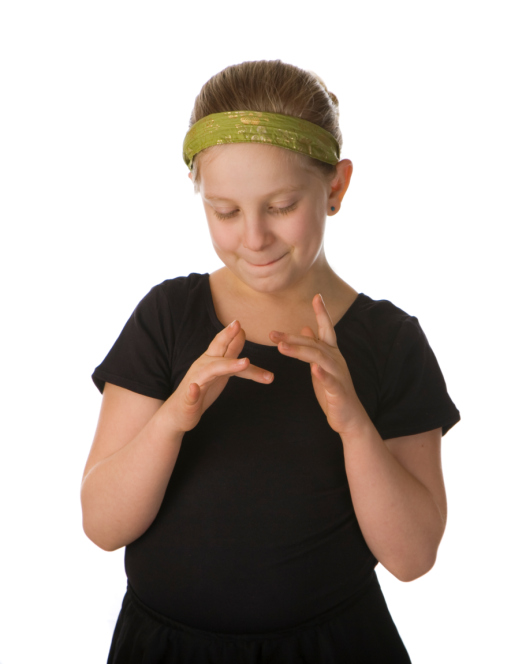“Stimming” is short for “self-stimulation”. This is a type of behavior that all people exhibit, whether it’s twirling our hair or tapping a pencil. However, for some children with autism or sensory disorders stimming is more intense and repetitive. It’s important to know how to define stimming and how to guide our children towards healthy stimming behaviors.
Why Do Children Need to Stim?
For children with autism or sensory disorders, stimming is a way of coping with their environment. Stimming can calm a child who feels overwhelmed by an over-stimulating environment. For other children, stimming provides extra stimulation in an under-stimulating environment. At other times, stimming can help a child counteract high levels of anxiety. There are a variety of different kinds of stimming that you may notice your child exhibiting, including spinning, flapping their arms, rocking, pacing, hitting, and repeating words. Sometimes these stims are great ways for your child to calm down; other times, stimming can be socially unacceptable, distracting, or even dangerous, such as hitting. It’s important that we know how to guide our children towards healthy stimming behaviors.
How to Practice Healthy Stimming
Stimming is fine when it helps to soothe a child. However, sometimes stimming can be self-harm or can impede important social interactions. While you should never aim to eliminate stimming altogether (since everyone does it to a certain extent!), it’s a good idea to try to limit excessive or harmful stimming. Here are a few steps you can take to help your child practice healthy stimming:
- Pay a visit to the doctor to make sure that the stimming does not have a physical cause like an ear infection, chronic pain, or migraines.
- Create a sensory hideout as a safe and comfortable space for your child to stim and feel like themselves.
- Stimming is associated with the release of beta-endorphins, just as beta-endorphins are released when we exercise. Working more exercise and playtime into your child’s daily schedule can reduce their need to stim.
- Associate stimming with relationship building. One way to do this is to use stimming as a reward after a period of work or playful interaction.
The Connections Therapy Center
The Connections Therapy Center is a top therapy center serving families of children and adolescents with disabilities. Our team consists of the leading experts in the fields of pediatric speech, occupational therapy, speech-language pathology, and behavior sciences. We offer intensive, hands-on therapy for children and adolescents as well as resources for families. We are real therapists helping real families with real issues. If you are concerned about your child’s behavior, take a moment to fill out our quick questionnaire. If you’d like to schedule an appointment, call 202-561-1110 (Washington, D.C. office) or 301-577-4333 (Lanham office) or contact us via our website. Want to keep up with our latest news and blog posts? Follow us on Facebook, Twitter, Google+, and Pinterest.

